Industry
The beginning of the 20th century marked the definitive inclusion of the countryside into the strictly capitalist and monetary economy, supplying the cities and industrial areas with all the products they needed but could not produce. Beetroot and sugar, apples and cider, as well as milk and its various derivatives would be the vector of this change in Asturias and would transfer the income to an agricultural sector which would use this capital for its modernisation, improvement and growth. Roads served to drain some of these productions, such as milk from the western coastal region. However, the railway would be the main backbone and the most important means of transport in this growth, due to its greater load capacity and safety.
A good example of all this is La Lechera, in Cancienes. This company was created in 1907 in the council of Corvera de Asturias, located next to the Iberian gauge railway line opened in the previous decade which provided a connection with the plateau. This was an important aspect as this company, despite having a limited collection area, used its railway location to transfer its milk production to the Madrid market, where it opened a point of sale and, later, its own shop. Over time, starting with milk, it would diversify its production adding condensed milk, cream, cheese, butter… This evolution was in line with the change of ownership that took place after the Spanish Civil War. This event made the company first enter the sphere of the Rubio de León family, then ALI, then the Catalan Granja Castelló and finally Nestlé, which would make it close its doors in the 1980s.
The building of La Lechera has a wide gable roof that gives it a certain mountain aesthetic that fits well with its function. In addition, it has a few bays, and these are composed of basket arches created with brickwork – even though one of the bays on the façade is circular - while the rest of the building was plastered in white. A quadrangular brick chimney accompanies the building.
The building has recently been converted into a multi-purpose cultural space.

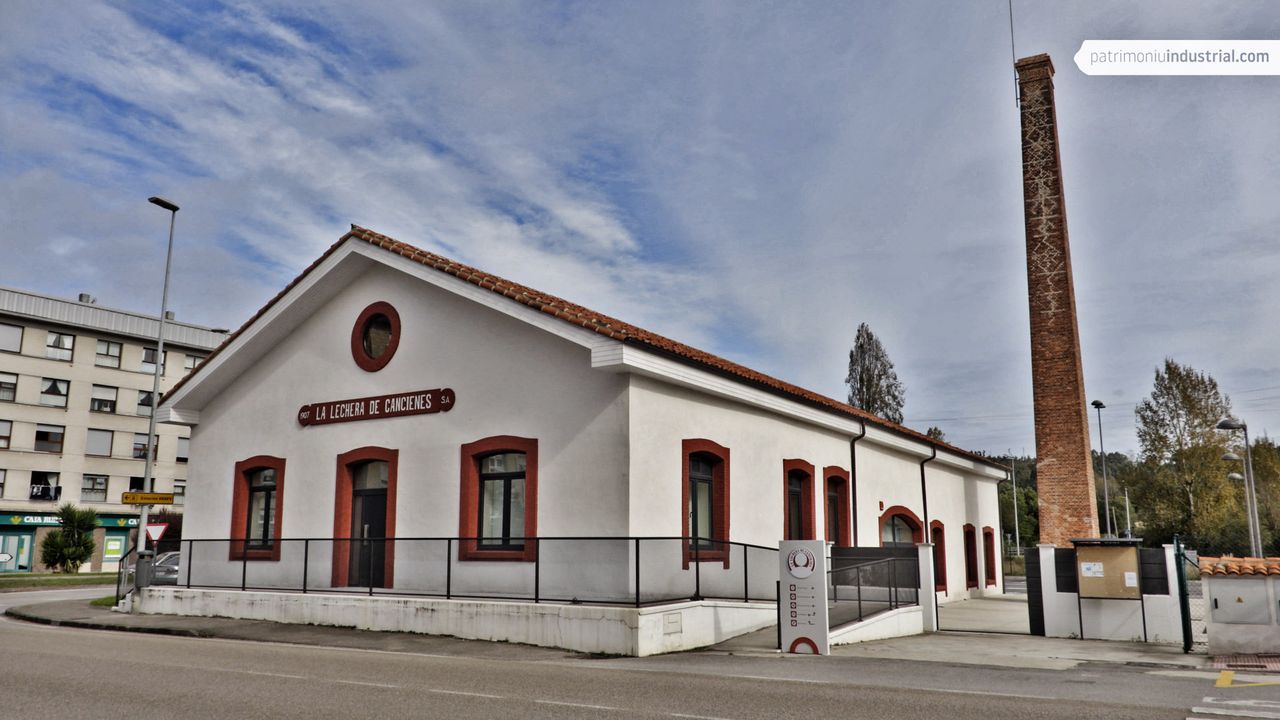
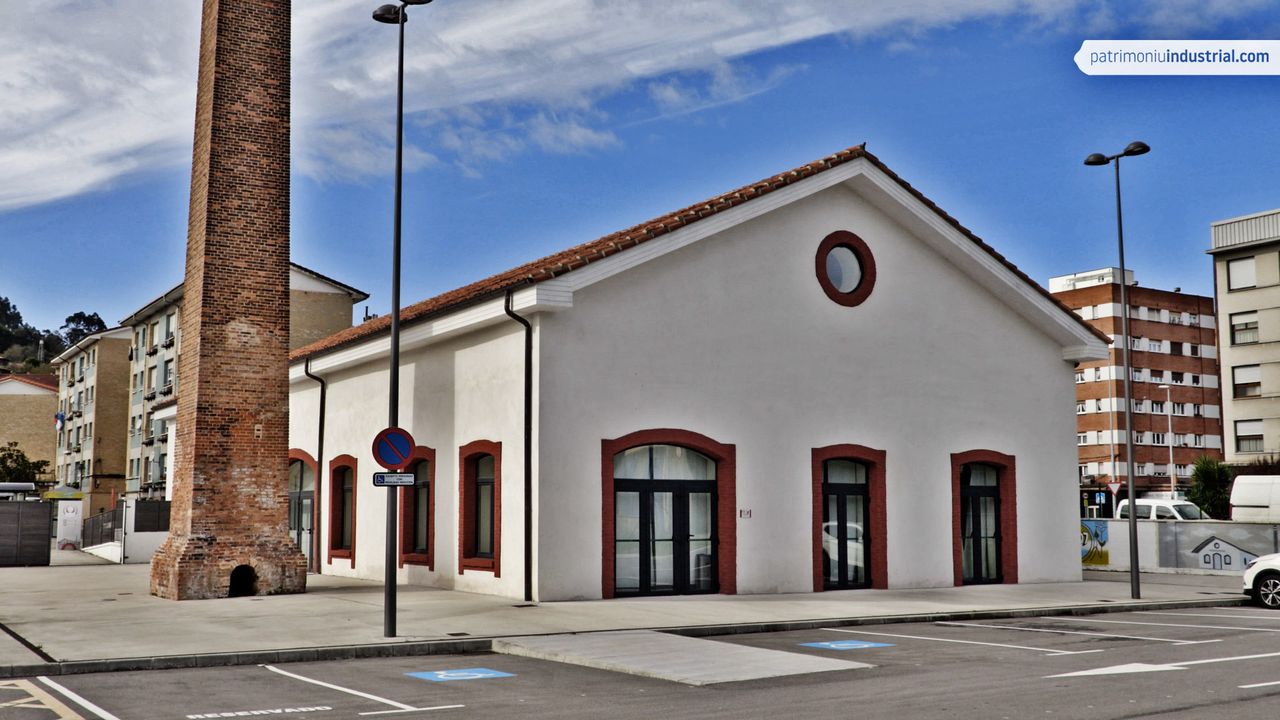
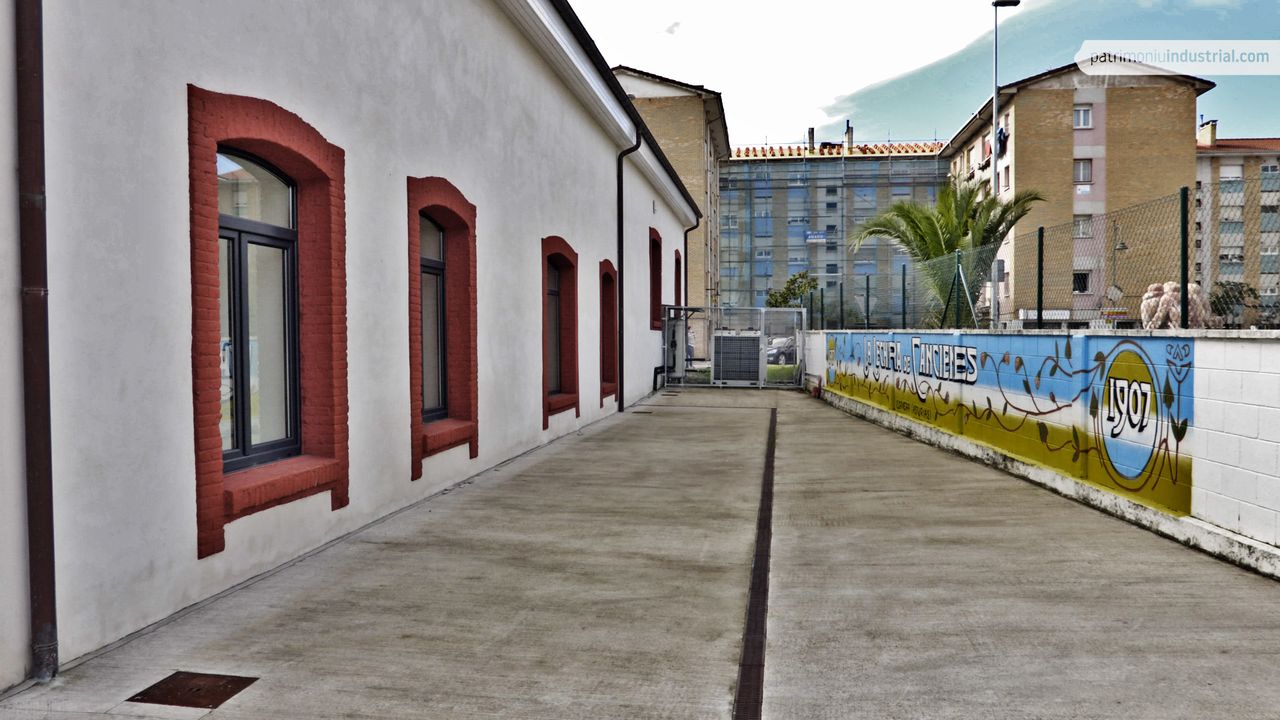
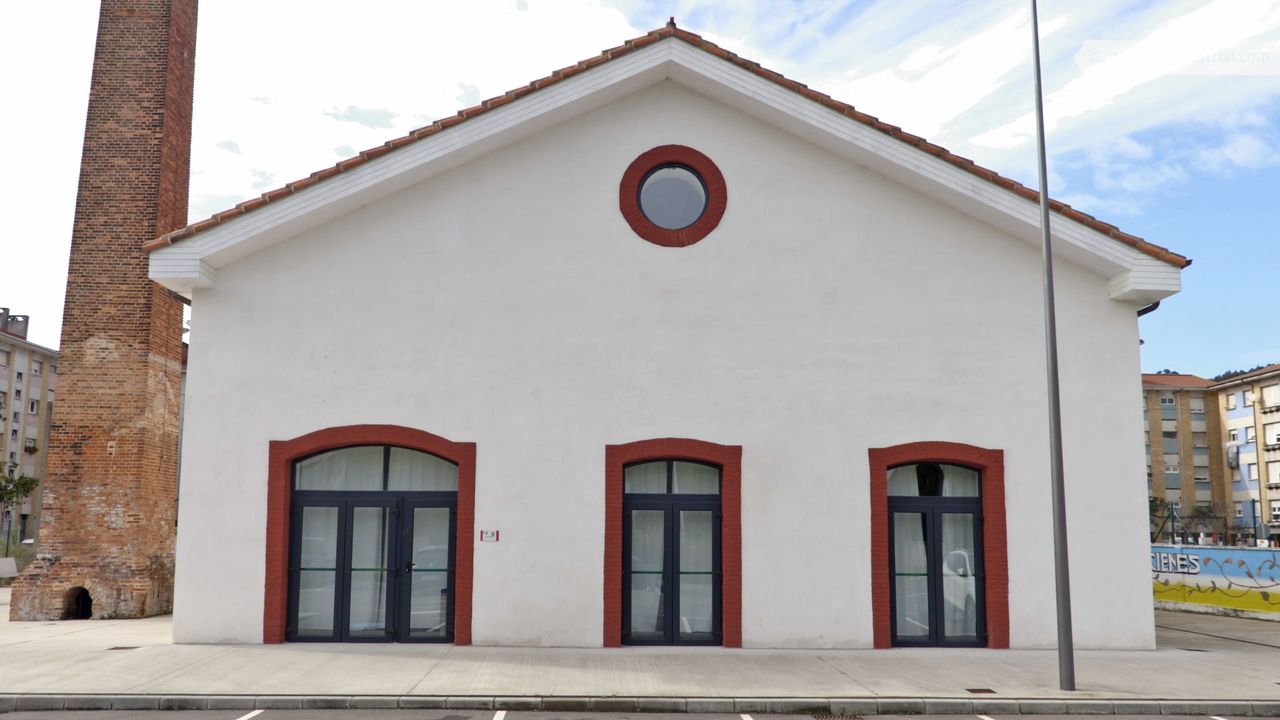
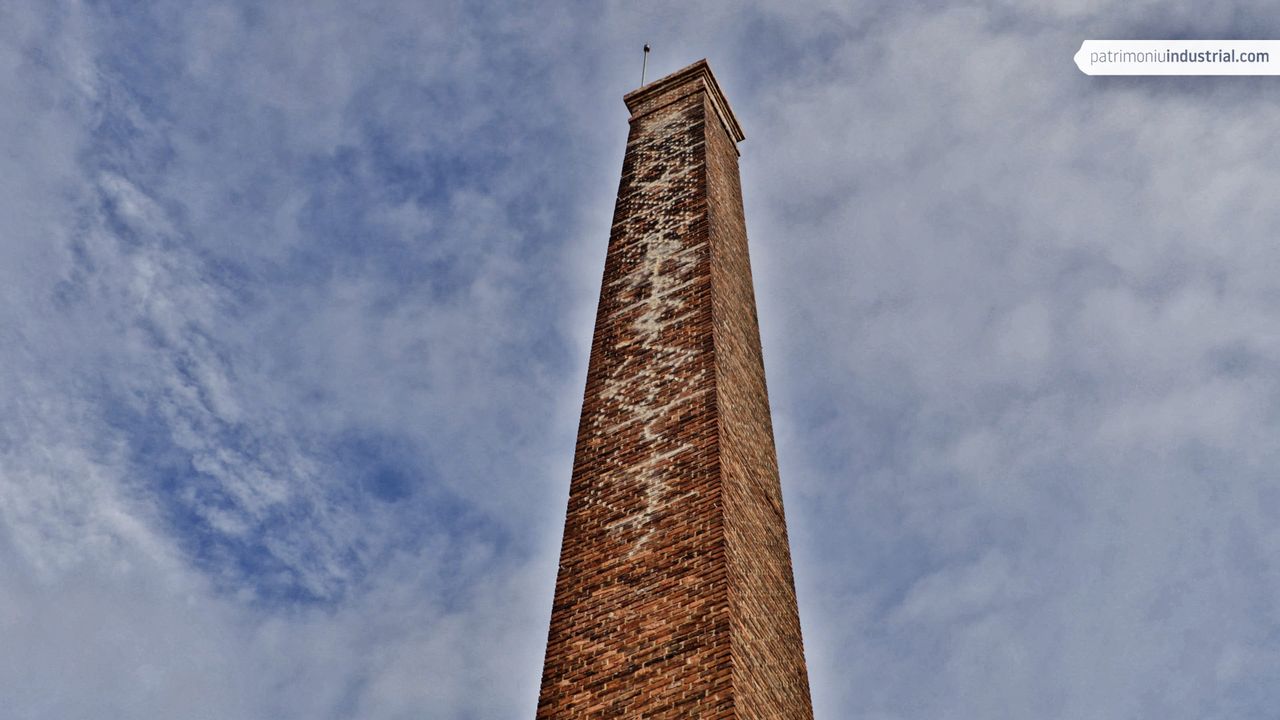
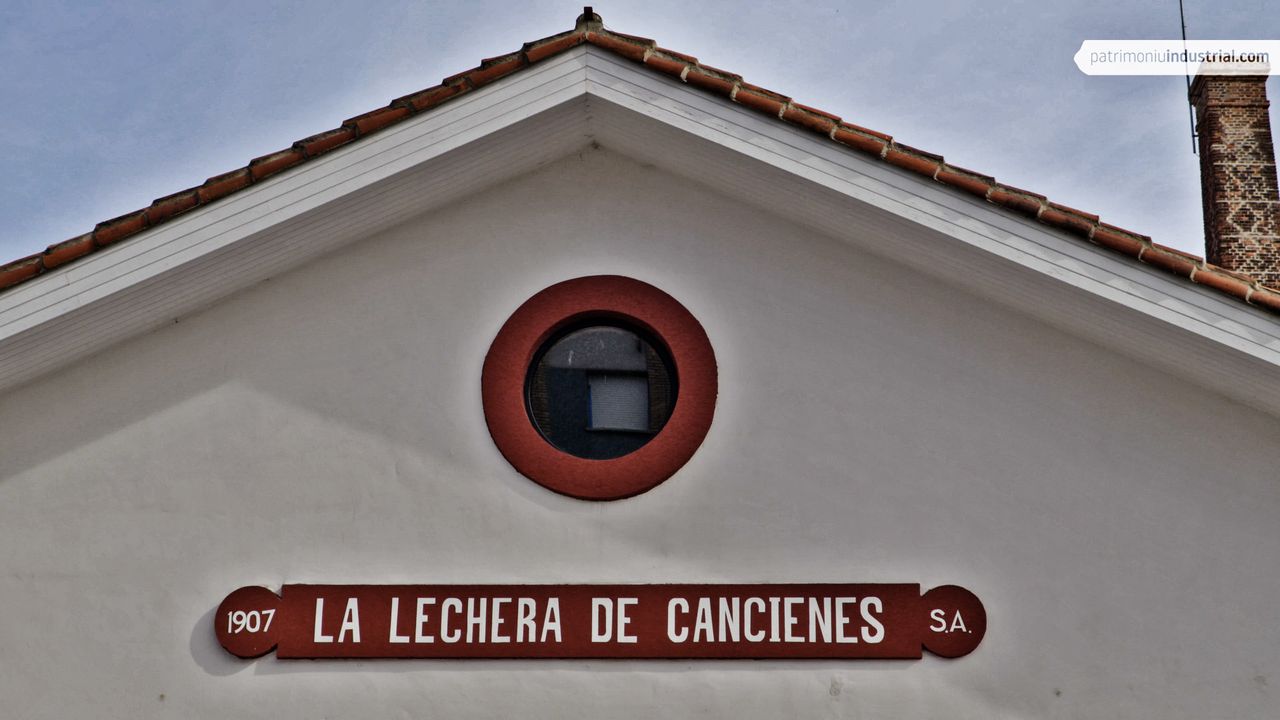
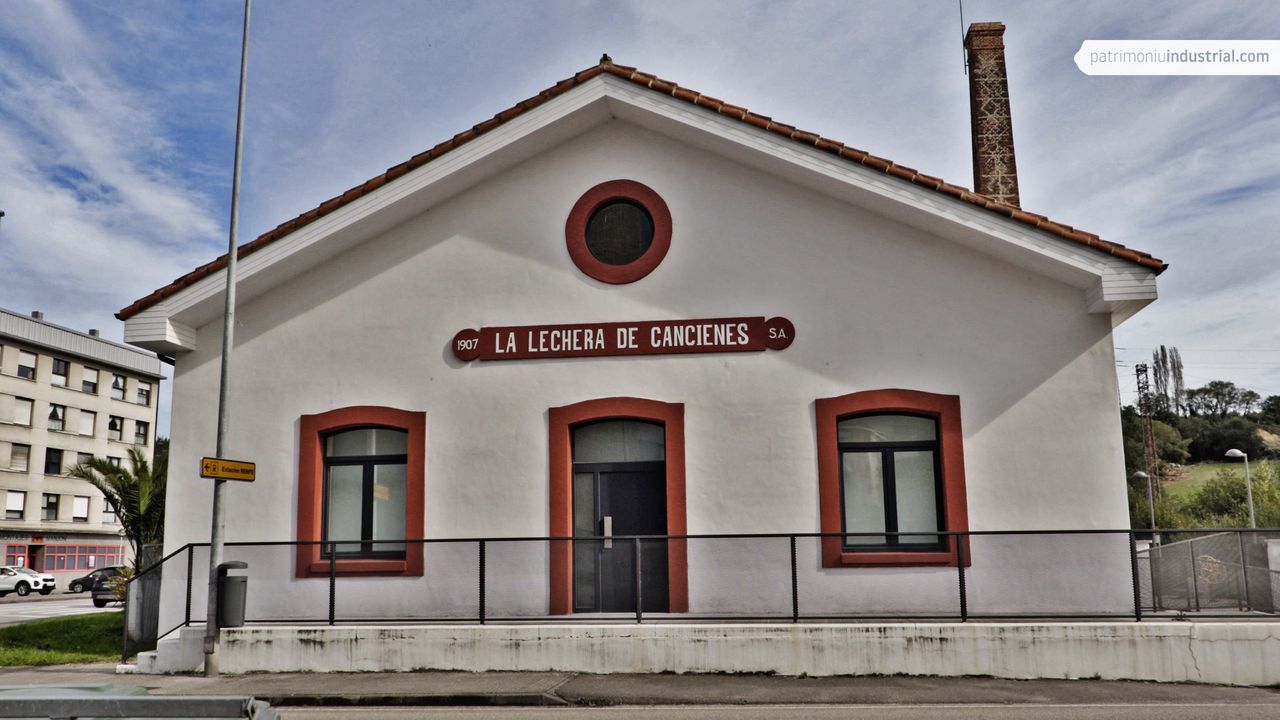



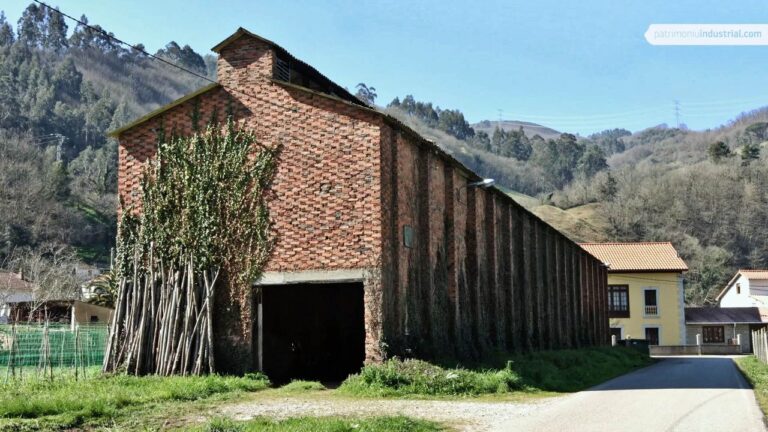

Recent Comments